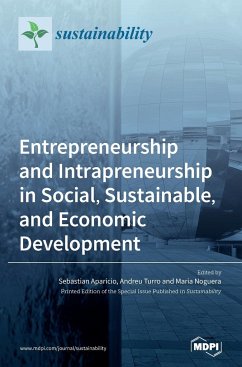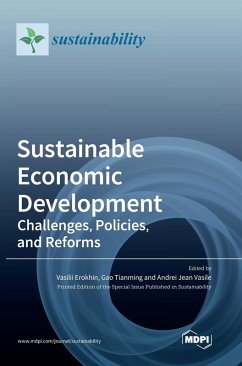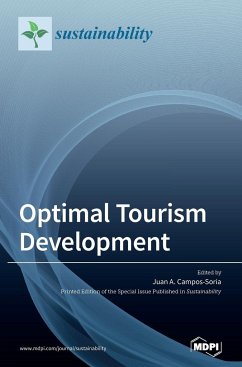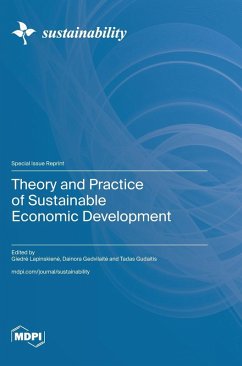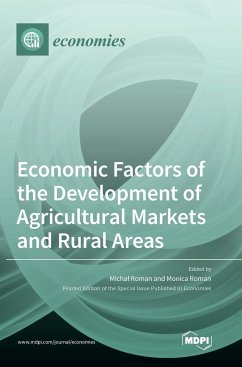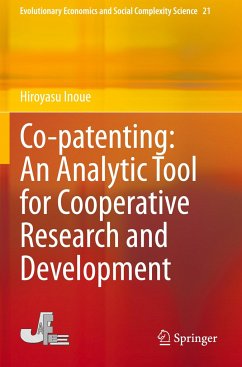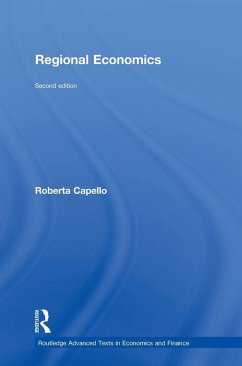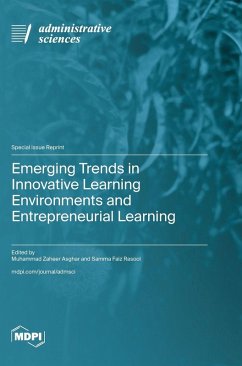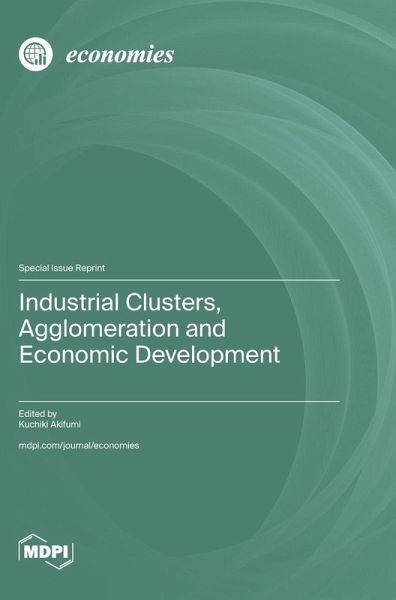
Industrial Clusters, Agglomeration and Economic Development
Versandkostenfrei!
Versandfertig in 1-2 Wochen
76,99 €
inkl. MwSt.

PAYBACK Punkte
38 °P sammeln!
Countries currently face the challenge of exploring how companies can drive innovation during the Fourth Industrial Revolution. The COVID-19 pandemic has demonstrated that all countries across the globe require a "digital" economy as well as a "green" economy. Clusters, or agglomerations, are one of the most effective regional growth strategies for overcoming the current challenges. Its analysis can be performed from various angles, including organizational management, spatial economics, and sequencing economics. First, spatial economics can be used to drive location conditions in economic dec...
Countries currently face the challenge of exploring how companies can drive innovation during the Fourth Industrial Revolution. The COVID-19 pandemic has demonstrated that all countries across the globe require a "digital" economy as well as a "green" economy. Clusters, or agglomerations, are one of the most effective regional growth strategies for overcoming the current challenges. Its analysis can be performed from various angles, including organizational management, spatial economics, and sequencing economics. First, spatial economics can be used to drive location conditions in economic decision making. Second, sequencing economics provides an architectural theory of agglomeration. It analyzes the dynamic processes that construct segments of agglomerations efficiently and discusses how segments of agglomerations are sequenced for their efficient construction. Third, geographic management theory attempts to identify the factors that contribute to the competitive advantage of a region. Other approaches to clusters and economic development are welcome.



